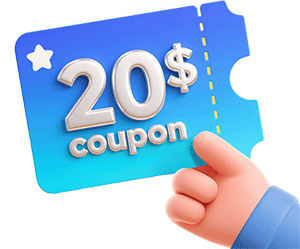
If you're considering starting an online store without holding inventory, print on demand (POD) is one of the most accessible business models to explore.
But before jumping in, it's natural to ask the essential question: how much does print on demand cost? Understanding the expenses involved can help you set realistic expectations and plan a profitable strategy.
In this guide, we'll break down the typical costs of POD so beginners can confidently take the first steps toward building their business.
Benefits of Starting a Print on Demand Business
Starting a print on demand business comes with a lot of advantages, especially if you're looking for something flexible and low risk.
You don't need to keep boxes of inventory in your garage or spend thousands upfront. Instead, you design, upload, and only pay when someone orders. That's a big win for beginners.
The growth of this industry also shows how strong the opportunity is. The global print on demand market is projected to reach $57.49 billion by 2033, with a 23.3% compound annual growth rate in recent years.
Those numbers don't just look good on paper—they mean more buyers are turning to custom products and more room for you to carve out your space.
Some of the key benefits you'll notice:
- You can test ideas quickly without big risks
- You're free to build a store around your personal style or niche
- You can scale at your own pace since production grows with demand
In short, this model gives you a way to start small while tapping into a fast-growing global market.
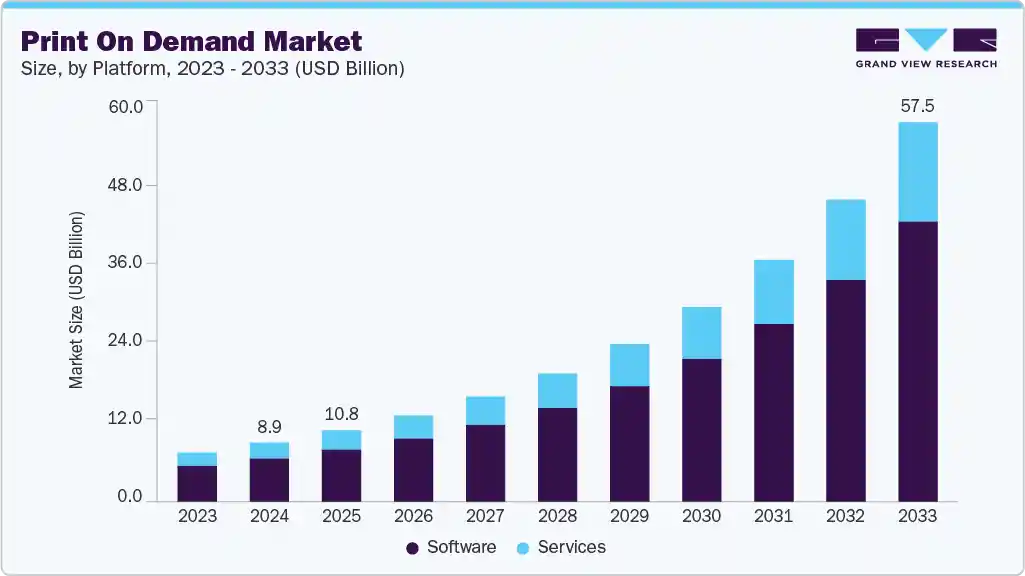
How Much Does Print on Demand Cost
Understanding Your True Unit Cost
People ask, how much does print on demand cost? Start with the part you control: the unit. Base price, print method, and print areas stack up fast. Dark shirts cost more than light.
Extra print sides add fees. Larger sizes can add a surcharge. Then there's packaging and the cut that platforms take. Know your landed cost per item before you set any price. Use a quick checklist:
- Base + print + extra areas + size upcharge
- Packaging + shipping estimate
- Platform and payment fees
When you know this number, every promo, bundle, or sale has a clear floor you won't cross.
Shipping & Fulfillment: The Silent Profit Killer
Your profit often leaks here, not in the product. Carriers change rates by zone, weight, and speed. Free shipping is not free to you, so bake it into price or set a threshold.
Shipping often beats the base price on heavy items like hoodies and mugs. Keep choices simple: slow/cheap and fast/paid.
Track where orders go and adjust your free-shipping threshold by region. Small shifts—lighter mailers, size limits, or moving to regional print partners—can lift margin without changing your retail price.
Platform, Apps, and Payment Fees
You'll pay in two ways: monthly tools and per-order fees. Stores, themes, mockup apps, and email tools can look cheap alone, but together they add up.
Payment processors also take a percentage plus a small fixed fee per order. Marketplaces may add listing or success fees.
Audit this stack monthly. Cut apps that don't move conversion or average order value. When testing, keep only what helps you:
- Faster pages or higher conversion
- Better product photos or reviews
- Email/SMS that actually brings repeat sales
Account Setup and POD Subscriptions
Most POD platforms let you start free, but premium plans often unlock lower costs, branding options, or faster service.
Expect $20–$50 per month if you upgrade. Early on, free plans are fine, but as you scale, paid tiers usually pay for themselves in margin and efficiency.
Design Costs: Time or Money
If you create designs yourself, you might only need a tool subscription like Canva or Adobe. But custom illustrations or logos from freelance designers quickly add up.
Expect to pay anywhere from $20 to $200 per design depending on complexity and who you hire. Good designs pay off because they stand out and convert, but don't overspend in the early stages.
Test with simple, clean graphics, then invest more once you know what sells.
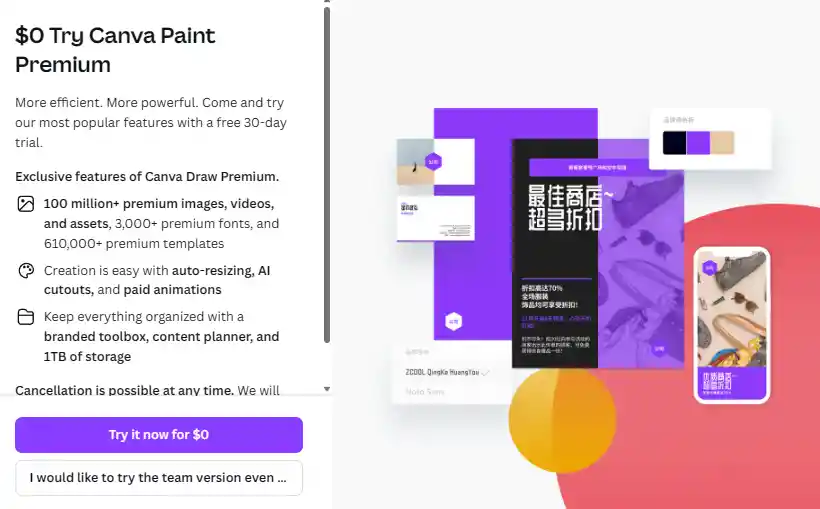
E-Commerce Website Expenses
Your store is the front door. Platforms like Shopify cost around $29/month, while WooCommerce or Wix might look cheaper but require hosting and plugin fees.
Add a domain name for $15–$30 a year. Start lean: choose a clean theme, fast load times, and easy checkout. Clarity beats complexity when you're new.
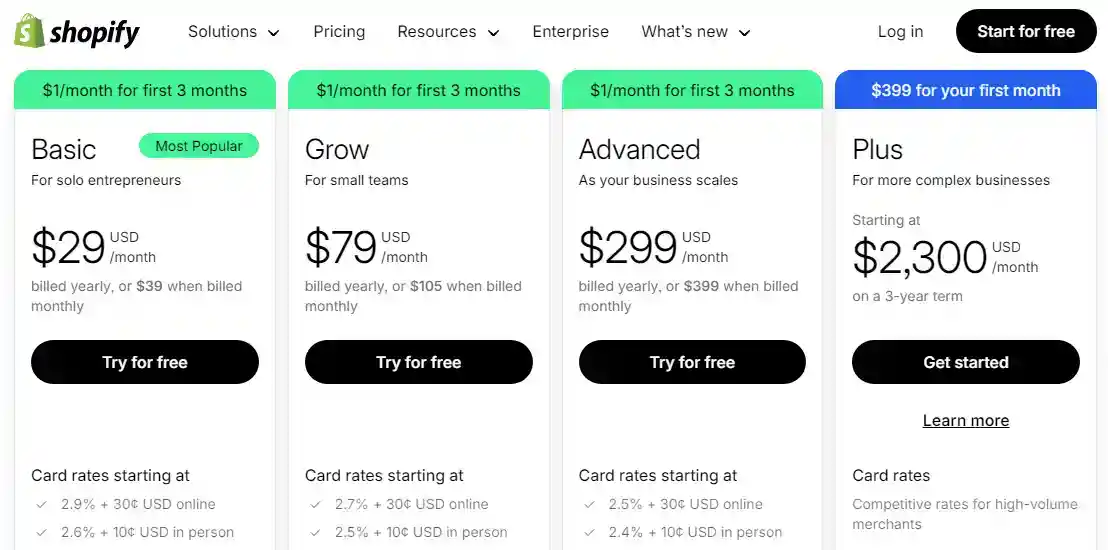
Marketing and Product Promotion
Even the best designs won't sell if nobody sees them. Ads on Facebook, TikTok, or Instagram often cost $1–$3 per click in popular niches.
Influencer campaigns or organic content can be cheaper but take longer to gain traction. Plan a small learning budget, maybe $100–$300, just to test which channels work.
Think of ad spend as buying data—you're paying to discover which audience is worth scaling.
Price Backward From Profit (A Mini Playbook)
Start with the profit you want, then work back. Price backward from profit so you're never guessing. Example steps:
- Pick a target profit per item.
- Add your landed cost.
- Add average ad cost per sale (or a promo discount).
- Add a buffer for returns and support.
This gives your required retail price. Pressure-test it: can you still win with a bundle, a seasonal sale, or free shipping?
If not, change the product, the print method, or the offer. Simple rule: protect margin first, then scale the winners.
Why Some POD Prices Are So High and How to Stay Profitable
The Hidden Truth Behind "Cheap" POD
You may think POD is low-cost, but the numbers tell a different story. Some platforms like Printify, considered affordable, can leave you paying $30–$40 for a single shirt once taxes and shipping are added.
At that price, profit margins almost vanish. Compare that to a mass-produced shirt at Walmart retailing for $8. The difference isn't just shocking—it shows how POD plays by very different rules.
Technology Costs More Than the Garment
Direct-to-garment (DTG) printing, especially on dark fabrics, is expensive. Ink often costs more than the blank shirt itself. Then comes pretreatment: too little and prints look faded, too much and they crack or peel.
Every fabric behaves differently, which adds risk and variation. Quality issues are not a sign of being "ripped off." They are baked into the model. That's why cheap and high quality rarely go together in POD.

Custom Gildan 5000 Unisex Cotton Tee Customized Services - Print on Demand Fulfillment - PrintKK
Finding the Break-Even Point
For many sellers, a combined shirt-and-ship cost around $28 is the workable line. That leaves about $8 profit on a well-made blank.
But to reach this, you often need a "Pro" or "Premium" subscription plan to unlock better pricing. Those plans cost extra each month. The math only works if your sales volume covers the subscription fee.
How to Stay Profitable Anyway
Your goal is not to match Walmart pricing. Instead, focus on:
- Niche designs that people can't buy in bulk stores
- Bundling or upselling to raise average order value
- Testing designs before committing to subscriptions
- Charging enough to reflect both cost and uniqueness
Mass production wins on price. POD wins on flexibility and creativity. That's where your profit really comes from.
How to Keep Your Print on Demand Costs Low
Pick Products Strategically
Not every product in a POD catalog gives you the same margin. A hoodie might look tempting, but its base cost plus shipping can leave little room for profit.
Starting with lighter items—like tees, mugs, or tote bags—keeps your upfront spend lower. You can add higher-ticket products later once sales are steady.
The key is testing demand on affordable items first before expanding into riskier categories.

Custom Canvas Tote Bag (Made in USA)(Submit Shipping Label) - Print-On-Demand - PrintKK
Simplify Your Designs
Every print area, color, and special finish increases cost. If you're just starting, stick to clean, simple designs on light-colored blanks.
DTG on dark garments often costs more because of pretreatment and ink usage. A minimalist design can still feel premium if paired with the right product.
Test what sells before investing in more complex or multi-color prints.
Optimize Shipping
Shipping often decides whether a product makes you money or drains your margin.
Check if your POD provider has local facilities for your main market—orders fulfilled closer to customers usually mean lower costs and faster delivery.
Offer free shipping only above a set order value, like $50. That way, you protect profit while giving customers an incentive to buy more.
Use Subscriptions and Discounts Wisely
Most POD platforms offer tiered plans. Free plans are tempting, but they often come with higher product costs or fewer discounts. Paid subscriptions, like a "Pro" or "Premium" plan, reduce per-item costs and shipping rates.
The catch is that you only benefit if your sales volume covers that monthly fee. Do the math: if the plan saves you $2 per shirt and you sell 30 shirts a month, that's $60 saved. Subtract the subscription cost and see if it's worth it.
Control Extra Expenses
Beyond production and shipping, small extras like domain renewals, apps, or ad campaigns can add up.
Track them monthly. Cut apps that don't drive revenue. Set a realistic ad budget and increase it only when you see proven returns.
Think of it as trimming the fat—keeping your POD business lean without cutting away the parts that fuel growth.
Choose PrintKK for Better Margins
If you want to keep costs low without sacrificing quality, consider using PrintKK. Their products are priced competitively, often compared across platforms to ensure some of the lowest average costs online.
Shipping to the U.S. includes tax coverage, which helps increase your profit by reducing unexpected expenses.
AI-powered design tools are available for free, but a small membership of just $9.9 lets you use them more frequently and unlock extra perks like discounts with no minimum order.
By reducing both upfront product costs and operational headaches, PrintKK lets you focus on selling and growing your store rather than worrying about hidden expenses.
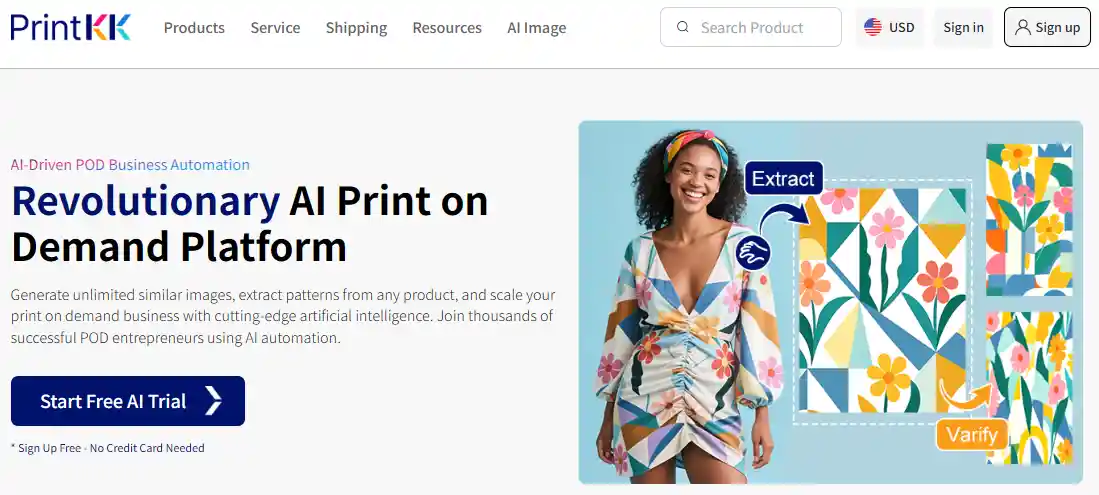
How Returns and Refunds Affect Your POD Profits
Why Returns Hurt Your Profit
POD profits are usually thin, around 10–20%. Each return can add extra costs like a second print, shipping, and platform fees.
Even a small return rate of 5–10% can eat a big chunk of your profit. Returns are not just lost revenue—they are extra work and money you didn't plan for.
Common Reasons for Returns & Who Pays
Different returns have different responsibilities:
- Quality issues or print defects → you or your supplier usually reprint and resend.
- Size problems or buyer's remorse → seller often covers customer service and fees; shipping depends on your policy.
- Damaged or lost shipments → platform or seller handles, but it takes time.
Typical Cost of One Return
A single return can add up quickly:
- Reprint product: $8–$12
- Shipping again: $3–$7
- Fees and customer service: $2–$5
- Processing or restocking: $5–$20
Total: $15–$30 per return.
Calculate "Expected Cost"
Use a simple formula:
Return buffer = return rate × single return cost
Example:
- Return rate = 8% (8 out of 100 orders)
- Single return cost = $20
- Return buffer = 0.08 × 20 = $1.60
This means every order needs $1.60 extra to cover potential returns.
How to Reduce Returns
- Check samples for print quality and fabric
- Show clear size charts, real photos, and material info
- Set default options to avoid wrong choices
- Allow small fixes without return
- Communicate with customers, include sizing tips or small notes
Summary & Action Steps
- Include return buffer in pricing
- Review monthly why returns happen
- Focus on reducing returns + clear policies to protect profit
Expert Tips
Understanding how much does print on demand cost helps you plan your business better. You know your product, shipping, platform, and marketing expenses. You can include a buffer for returns and avoid surprises. Choosing the right platform, managing designs, and controlling ads keeps costs low.
Always track your sales and expenses. Review your policies and improve your processes. Small adjustments can protect your profit.
With clear numbers and smart decisions, you can build a POD business that grows steadily. Focus on quality, efficiency, and planning. Profitability comes from understanding your costs and acting wisely.
FAQs
What is the average cost of print on demand fulfillment?
On average, fulfillment costs vary by product and printing method. For a t-shirt, expect around $8–$12 per item including printing. Shipping and platform fees add a few extra dollars.
How much does a print on demand service cost?
Most POD services charge per product rather than upfront. A standard item can cost $8–$15. Some platforms offer optional subscriptions to reduce unit prices or unlock extra features for creators.
Can you start a print on demand business with no money?
Yes, it's possible. You can use free POD accounts and sell on marketplaces. Costs appear only when someone places an order, so inventory or upfront production isn't needed.
How much can a beginner make in print on demand?
Earnings depend on sales volume, niche, and pricing. Beginners often earn a few dollars per order. Profit grows gradually as you test designs and optimize marketing and product selection.
How much does it cost to run a shop on Etsy?
Etsy charges a $0.20 listing fee per item and takes about 6.5% of the sale price. Additional costs may include payment processing, shipping, and optional promotional tools.


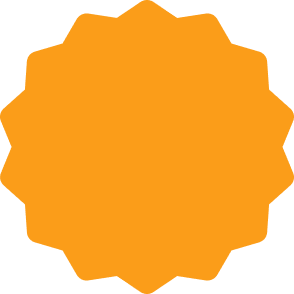







 Global Shipping
Global Shipping





























